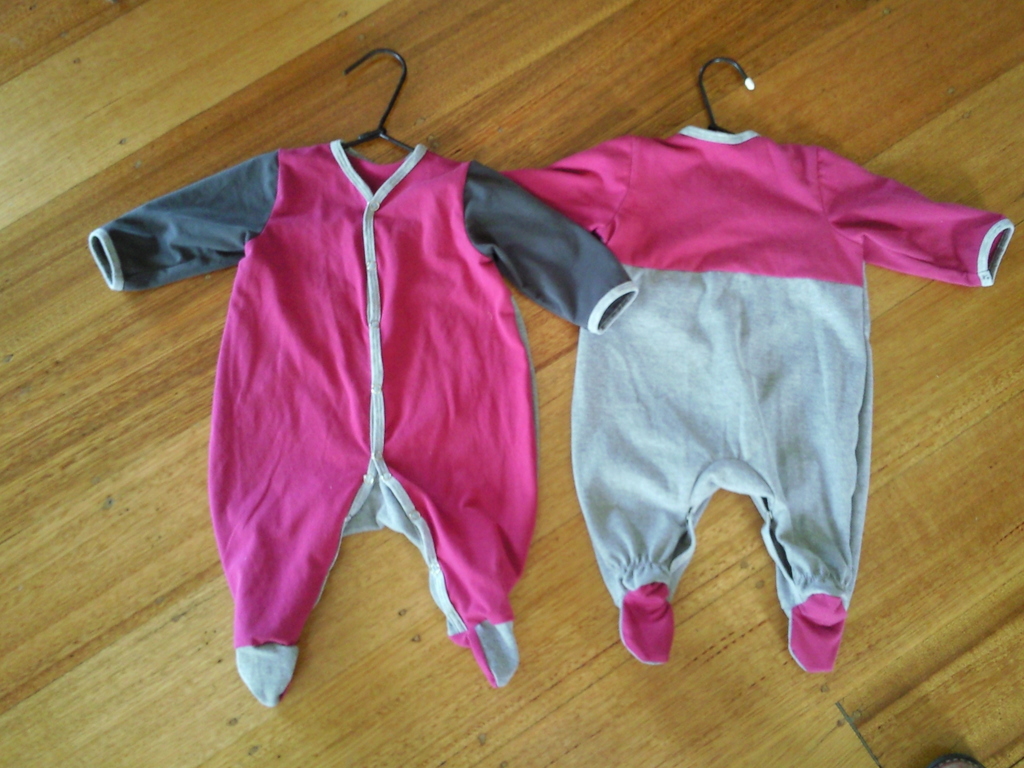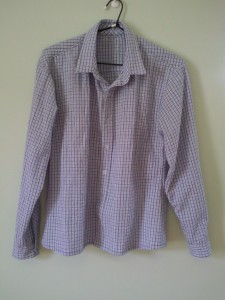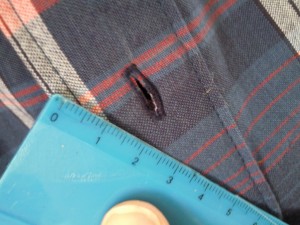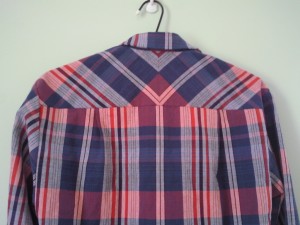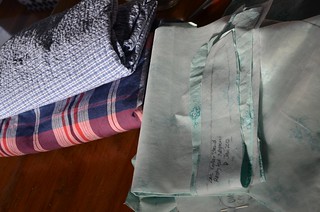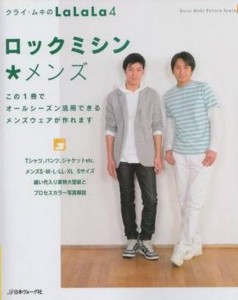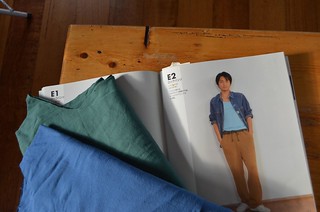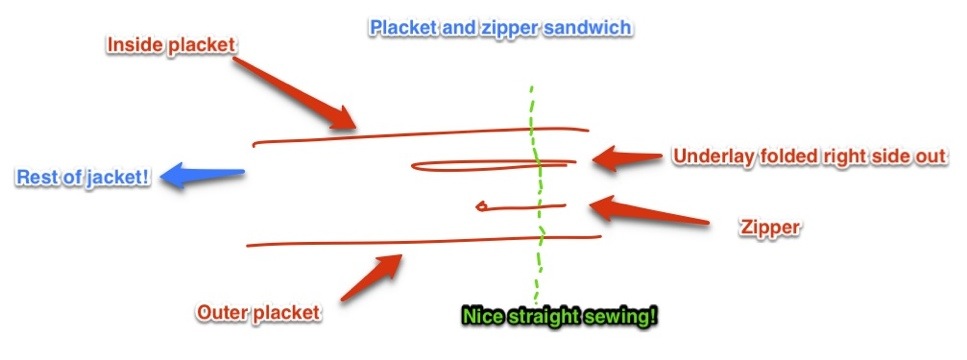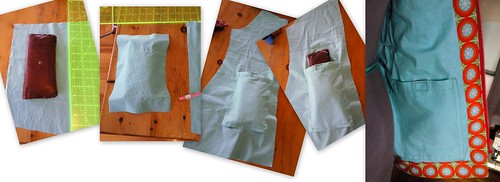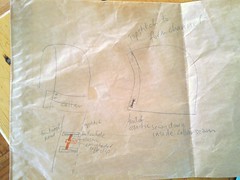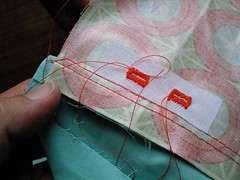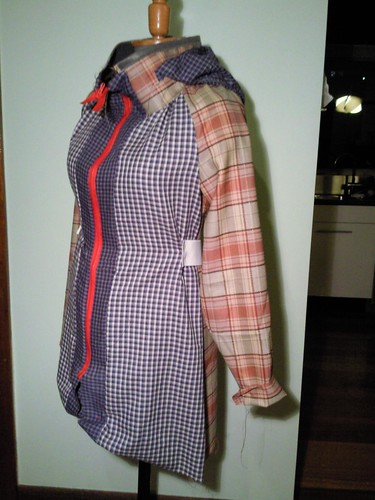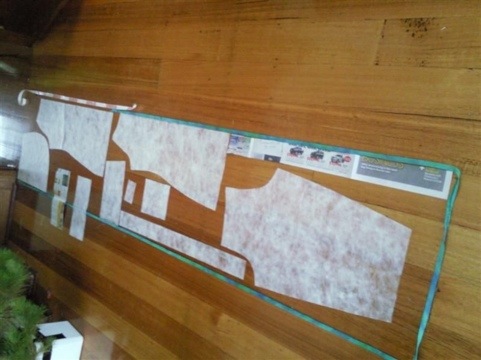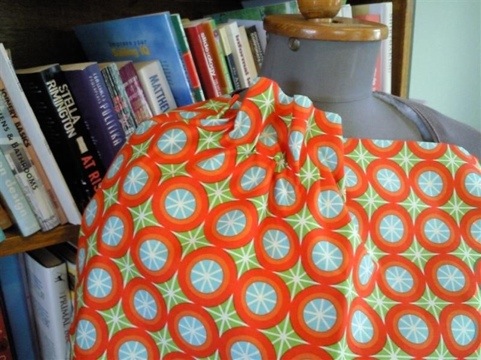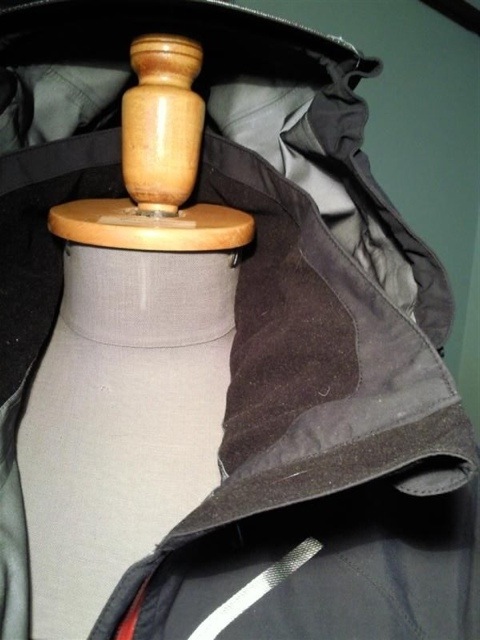Life got in the way. It probably wasn’t wise to attempt KCWC when I knew there was a side of pork arriving mid-week, and the rest of life still to be dealt with. Anyhoo, I finally have four of those garments done.
First Up in the Four Finished Objects: 2 bodysuits for the tiniest niece who is now 3 months old. I did check these would still fit. All I had to do was add the press-snaps.
I bought some snap pliers and boy they make a difference. Next time I will make the binding strip wider as the snaps are a bit too wide and bite into the body fabric making a weak point. These were made out of assorted recycled tshirt cast offs from family members.
And garments 3 and 4 were for my son. A couple of shirts. Perfect now the weather is warming up???? Only loosely based now on the Colette Negroni shirt, shoulders widened, arms shortened and narrowed especially from biceps to wrists, nipped in at the waist, collar converted to stand+collar.
I’m particularly pleased with the buttons and buttonholes. I’ve reduced the width of the buttonholes, making for a more polished finish. Also buying a button-sewing-on-foot was a revelation. It is like magic. My little trick is to use the wash-a-way wonder tape to stick the buttons in place while you sew. Why didn’t anyone tell me?
Finally some awesome use of plaid/check (which is it?) on the back shoulder yoke.
I’m glad these garments are no longer part of my to-do list.

